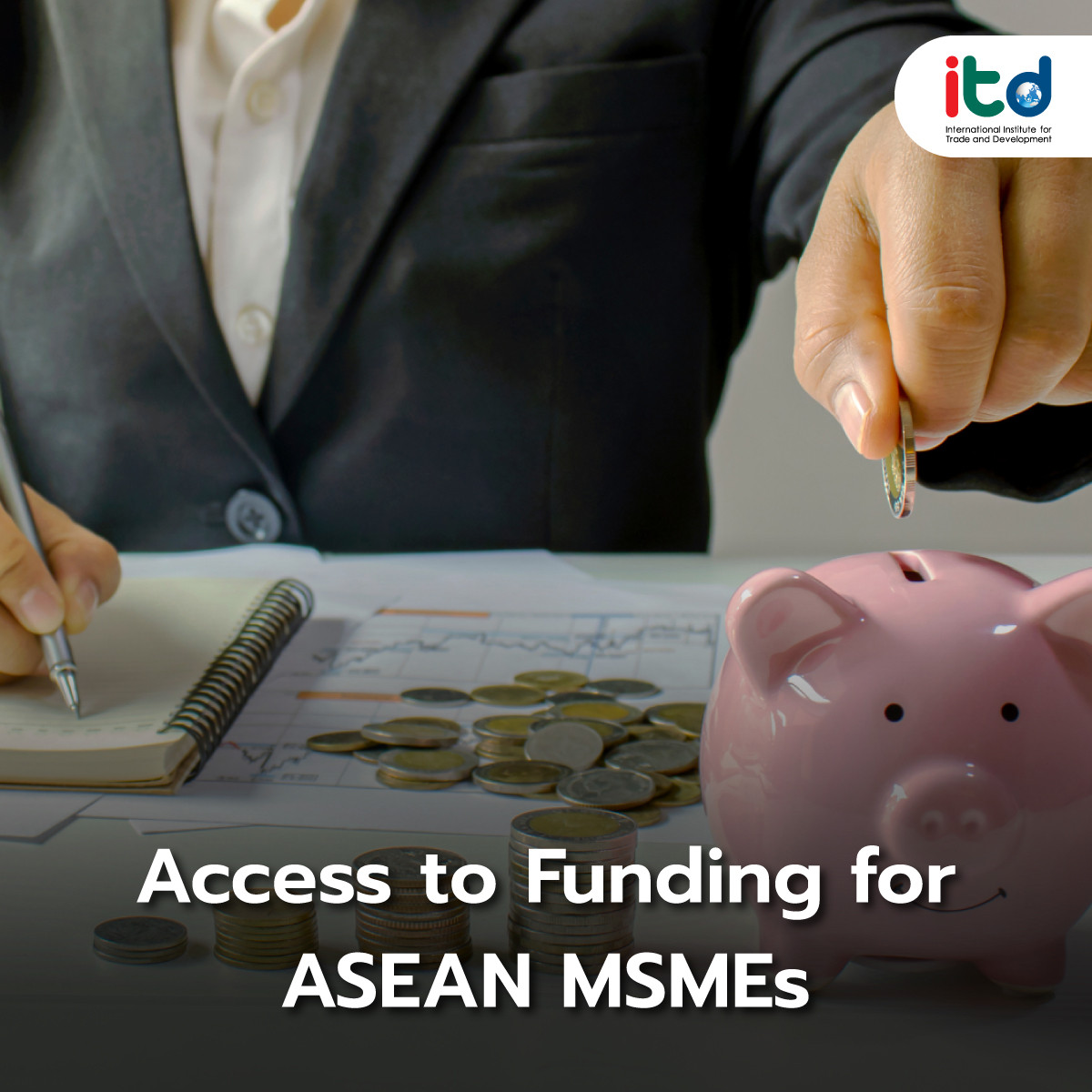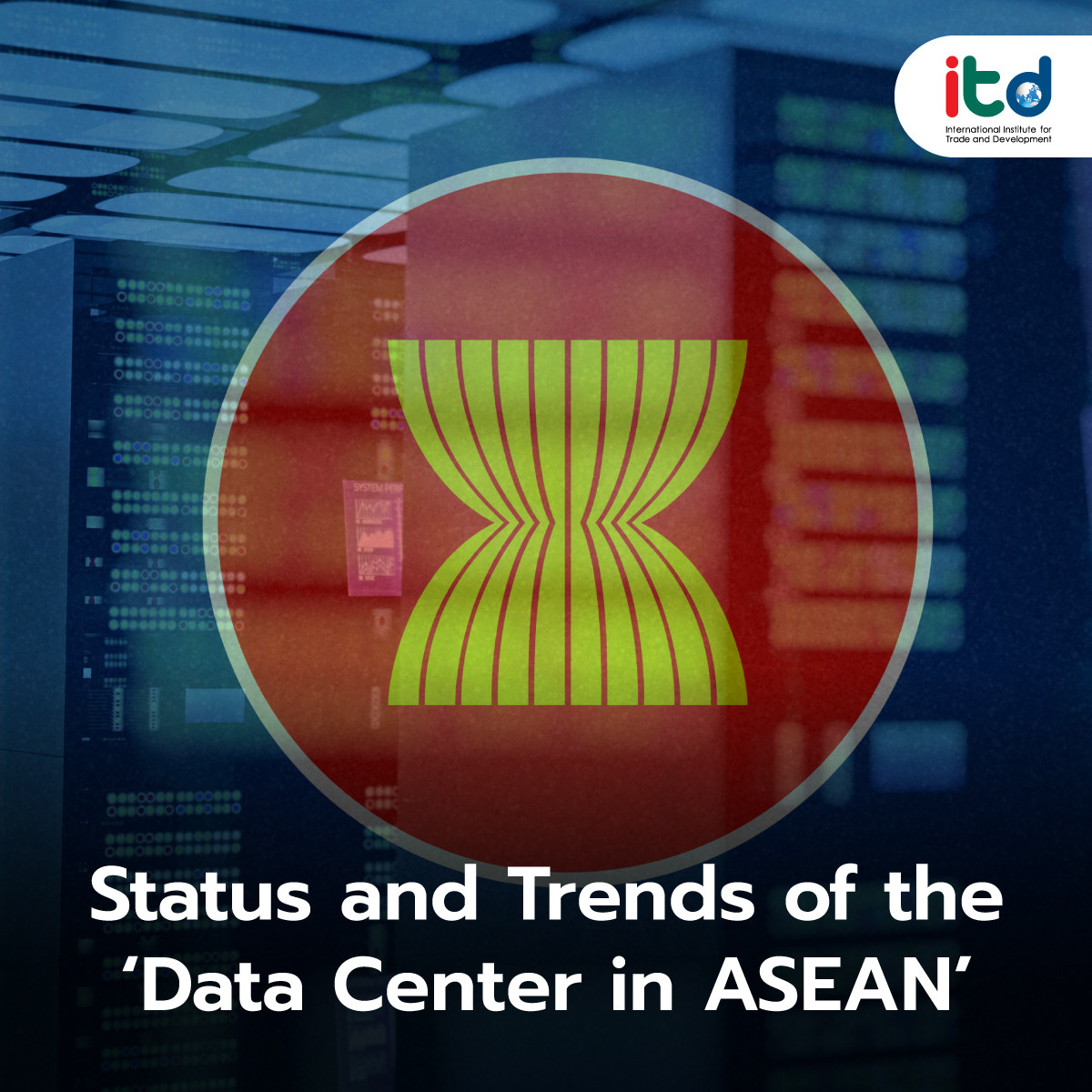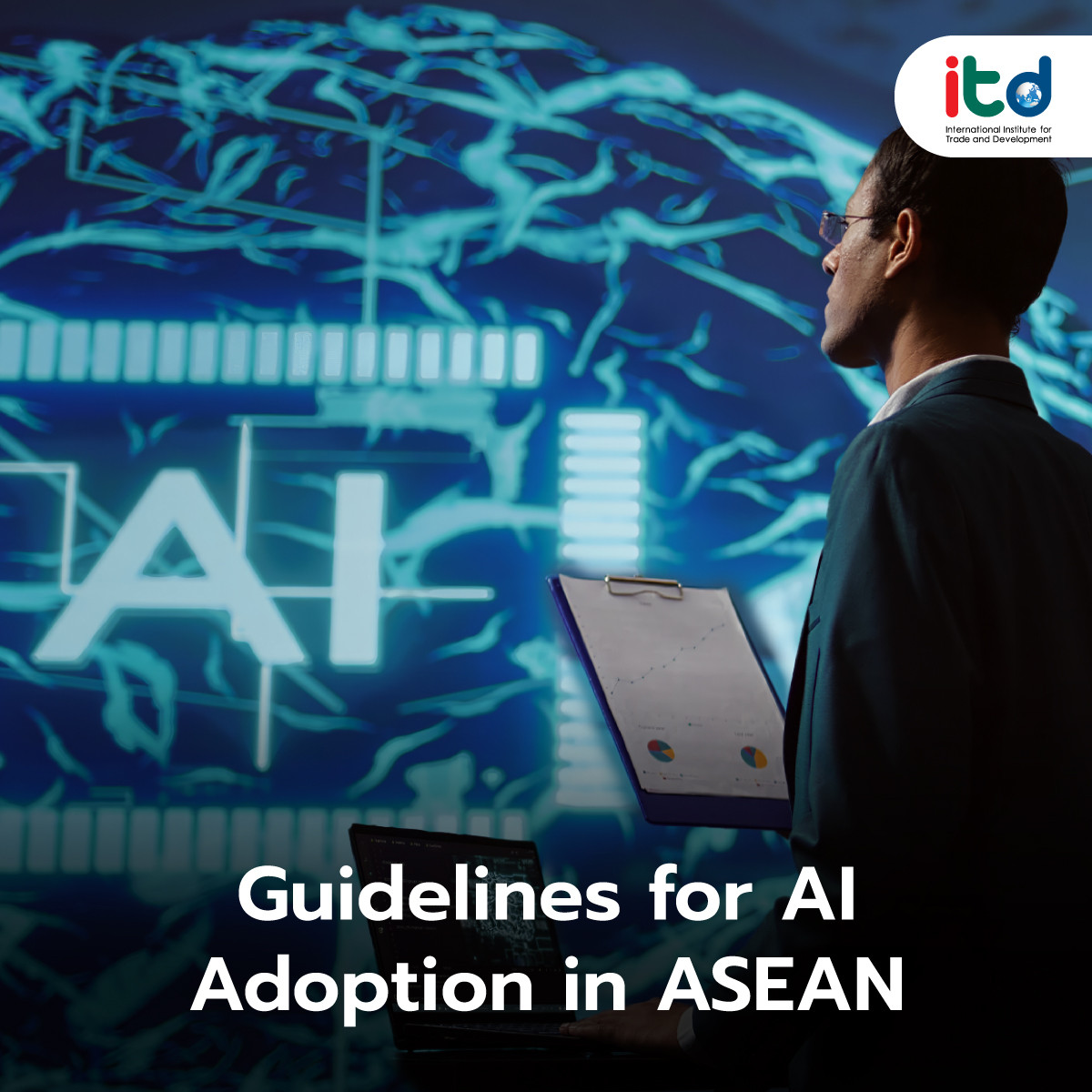About Documents
Micro, Small and Medium Enterprises (MSMEs) play a crucial role in driving the economy within ASEAN countries, particularly by serving as significant sources of employment. However, access to financing remains a major challenge for MSMEs, as inadequate funding often hinders their growth and business development. To analyze the situation of MSMEs, data from the Asian Development Bank (ADB) is utilized, which includes comprehensive information on SMEs.
According to ADB Asia SME Monitor 2023 database, MSMEs in ASEAN countries have experienced continuous growth over the past years. Countries like Indonesia and Thailand have particularly high numbers of MSMEs compared to other nations in the region. For instance, the number of MSMEs in Indonesia grew steadily from approximately 52 million in 2010 to 65 million in 2019. Although countries like Cambodia and Brunei Darussalam have fewer MSMEs, these enterprises remain vital to their respective economies. The increase in MSMEs in these countries highlights the importance of small businesses in driving local economic activity.
In terms of access to financing, there are two primary channels: 1) banks and 2) non-bank financial institutions (NBFIs). Access to finance through banks is especially significant for MSMEs in ASEAN. In some countries, the access to bank load outstanding has increased considerably. For example, in Brunei Darussalam, the value of bank loans outstanding rose from $2.4 million in 2018 to $10.8 million in 2022. In Indonesia, bank load outstanding remains a central component of business operations, with the value of bank load outstanding steadily increasing since 2011. This growth in bank lending indicates the success of financial system development that supports MSMEs.
In addition to bank load outstanding, access to financing from non-bank sources, such as NBFIs and capital markets, is also becoming an increasingly utilized option for MSMEs. Countries like Cambodia and Indonesia have seen a rise in the use of financial services from NBFIs, reflecting the diversity of financing sources available to MSMEs. For instance, in Cambodia, the value of loans from NBFIs grew from $299 million in 2009 to over $9.89 billion in 2022, demonstrating the rapid expansion of non-bank financial institutions in the country.
In contrast, the trend in Thailand shows a decline in access to bank financing since 2020, which is contrary to the trend in many other ASEAN countries. This decline is primarily due to limitations in capital, insufficient financial history, lack of collateral, and small loan sizes that are not cost-effective for banks. Although data on NBFI financing in Thailand is not available in the ADB Asia SME Monitor 2023 database, information from the Bank of Thailand indicates the challenges MSMEs in Thailand face, highlighting the need for financial system development and policies that can enhance access to financing for small businesses.
Overall, the trend in access to financing for MSMEs in ASEAN indicates an increase in the availability of funding through both bank and non-bank sources. Factors contributing to this trend include regional economic development, the adaptation of businesses to global economic conditions, and government policies that promote access to financing for small enterprises. Greater access to diverse funding sources will help MSMEs become more resilient in managing their businesses and increase their opportunities for future growth.
Author:
Ms. Natjaree Petruang
Researcher
International Institute for Trade and Development (Public Organization)
www.itd.or.th
Publication: Bangkok BIZ Newspaper
Section: First Section/World Beat
Volume: 37 Issue: 12711
Date: Wednesday, Aug. 21, 2024
Page: 8 (bottom)
Column: “Asean Insight”






